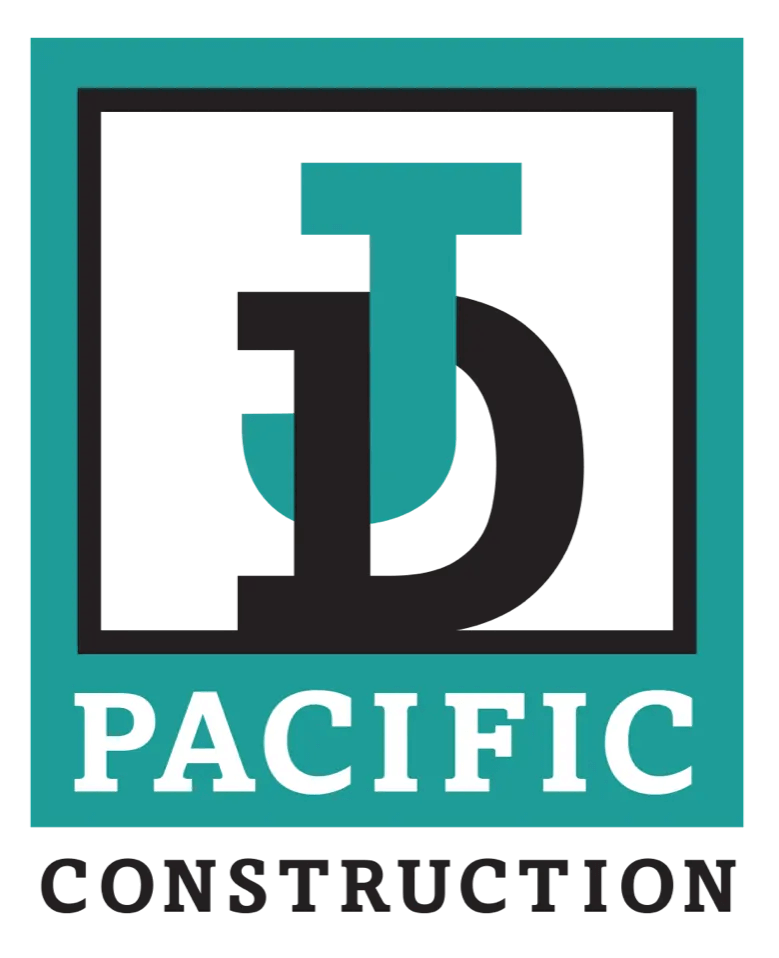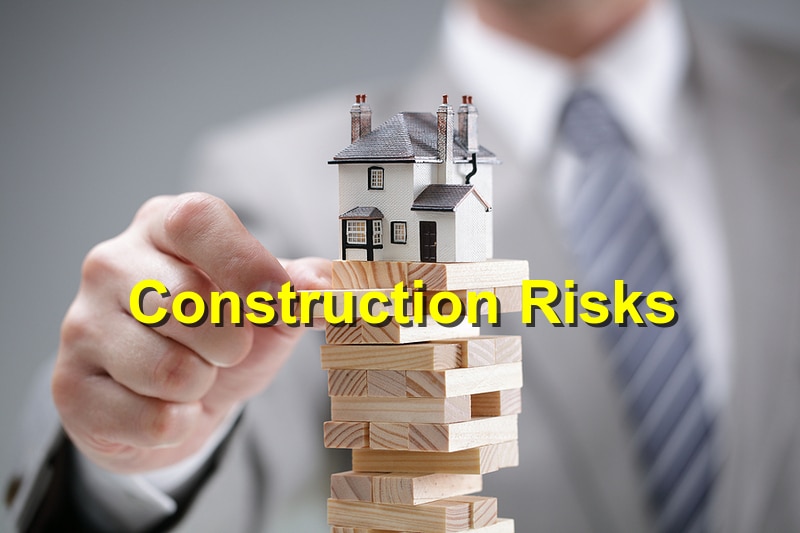Managing risks in construction projects is critical to ensure successful completion within budget and on schedule. Construction projects are inherently risky due to their complexity, the involvement of multiple stakeholders, and various external factors. Here are some essential tips for effectively managing construction risks.
1. Conduct Thorough Risk Assessments
A comprehensive risk assessment is the foundation of effective risk management. Identify potential risks early in the project planning phase by analyzing all aspects of the project, including site conditions, design complexity, and supply chain logistics. Use tools like SWOT analysis (Strengths, Weaknesses, Opportunities, Threats) and risk matrices to categorize and prioritize risks based on their likelihood and potential impact.
2. Develop a Detailed Risk Management Plan
Once risks are identified, develop a detailed risk management plan outlining strategies for mitigation, monitoring, and response. This plan should include specific actions for addressing each identified risk, responsible parties, and timelines. Regularly update the plan to reflect new risks and changes in project scope or conditions.
3. Use Robust Contract Management
Contracts are vital in managing construction risks. Ensure that all contracts are clear, comprehensive, and include clauses that address potential risks, such as delays, cost overruns, and quality issues. Include provisions for dispute resolution, indemnity, and force majeure. Effective contract management helps allocate risk appropriately and provides a legal framework for handling unforeseen issues.
4. Foster Open Communication
Effective communication among all stakeholders is crucial for managing construction risks. Establish clear lines of communication and ensure that all parties are informed about potential risks and mitigation strategies. Regular meetings, progress reports, and collaborative platforms can help keep everyone on the same page and facilitate swift responses to emerging risks.
5. Implement Technology Solutions
Leverage technology to enhance risk management in construction projects. Building Information Modeling (BIM) can help identify design conflicts and potential issues early in the planning phase. Project management software can track progress, costs, and resource allocation in real time, providing valuable insights for risk management. Drones and remote sensing technologies can monitor site conditions and detect potential hazards.
6. Focus on Safety Management
Safety risks are a major concern in construction. Implement stringent safety protocols and training programs to minimize accidents and injuries. Regular safety audits, proper use of personal protective equipment (PPE), and adherence to safety regulations are essential. A strong safety culture not only protects workers but also reduces project delays and costs associated with accidents.
7. Ensure Financial Management and Contingency Planning
Financial risks, such as cost overruns and funding shortfalls, can derail construction projects. Implement robust financial management practices, including accurate budgeting, regular financial monitoring, and cost control measures. Establish contingency funds to cover unexpected expenses and ensure financial stability throughout the project lifecycle.
8. Engage Skilled and Experienced Professionals
The expertise and experience of project managers, contractors, and consultants play a significant role in managing construction risks. Engage skilled professionals with a proven track record in handling similar projects. Their knowledge and insights can help anticipate potential issues and develop effective risk mitigation strategies.
Conclusion
Effective risk management is essential for the success of construction projects. By conducting thorough risk assessments, developing detailed management plans, leveraging technology, and fostering open communication, construction managers can mitigate risks and ensure projects are completed on time and within budget. Prioritizing safety, financial management, and professional expertise further strengthens risk management efforts, contributing to the overall success and resilience of construction projects.
References: Havard Business Review, Big Rentz




